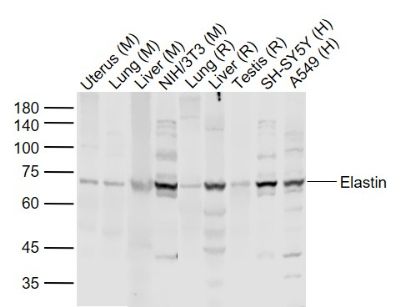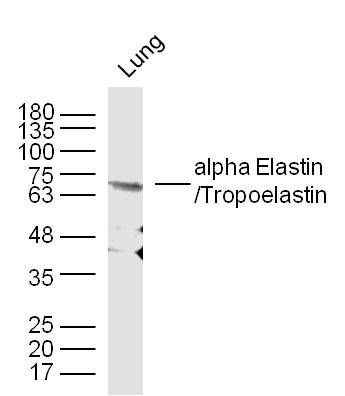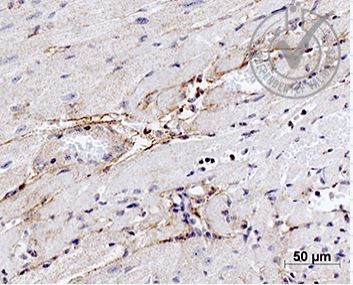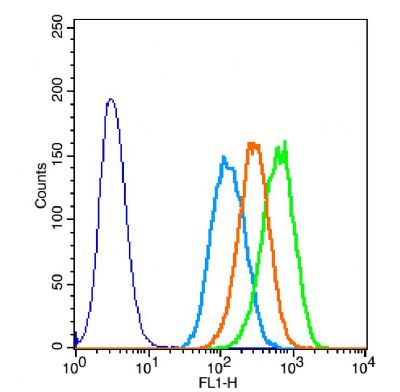Specific References (6) | SL1756R has been referenced in 6 publications.
[IF=3.998] Akira Minami. et al. Enhancement of elastin expression by transdermal administration of sialidase isozyme Neu2. Sci Rep-Uk. 2021 Feb;11(1):1-9 IHC ; Rat.
[IF=3.297] Hao Chen. et al. MicroRNA-124-3p affects myogenic differentiation of adipose-derived stem cells by targeting Caveolin-1 during pelvic floor dysfunction in Sprague Dawley rats. Ann Transl Med. 2021 Jan; 9(2): 161 WB ; Rat.
[IF=6.87] Konii, Hanae, et al. "Stimulatory Effects of Cardiotrophin 1 on Atherosclerosis."Hypertension?(2013): HYPERTENSIONAHA-113 WB ; Human.
[IF=3.55] Guo, Hong-Feng, et al. "Piezoelectric PU/PVDF electrospun scaffolds for wound healing applications." Colloids and Surfaces B: Biointerfaces (2012). WB ; Mouse.
[IF=6.17] Tong Xu. et al. Lithium chloride represses abdominal aortic aneurysm via regulating GSK3β/SIRT1/NF-κB signaling pathway. Free Radical Bio Med. 2021 Apr;166:1 WB ; Rat.
[IF=2.81] Hasegawa et al. Vasoprotective effects of urocortin 1 against atherosclerosis in vitro and in vivo. (2014) PLoS.On. 9:e110866 WB ; Human.



